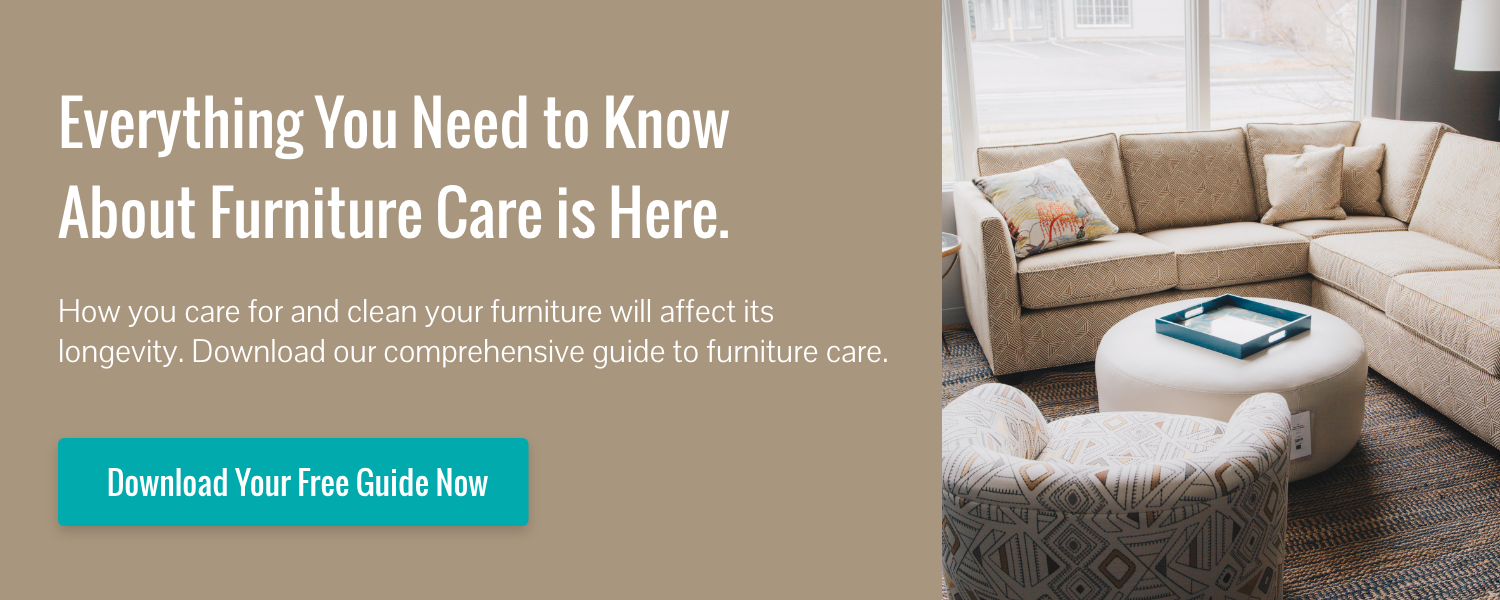Blog
Tufted Furniture: A Complete Guide
Whether it’s an accent chair, a headboard, or a chair or sofa, tufting is a detail that you’ll probably be considering at some point.
Tufting is an upholstery technique that’s been used for centuries to add character, texture, and interest to an upholstered piece, and it’s still being used by furniture upholsterers today.
We sat down with our Sales Director, Gary, to discuss everything you need to know before you start your next upholstery project.
What is Tufting?
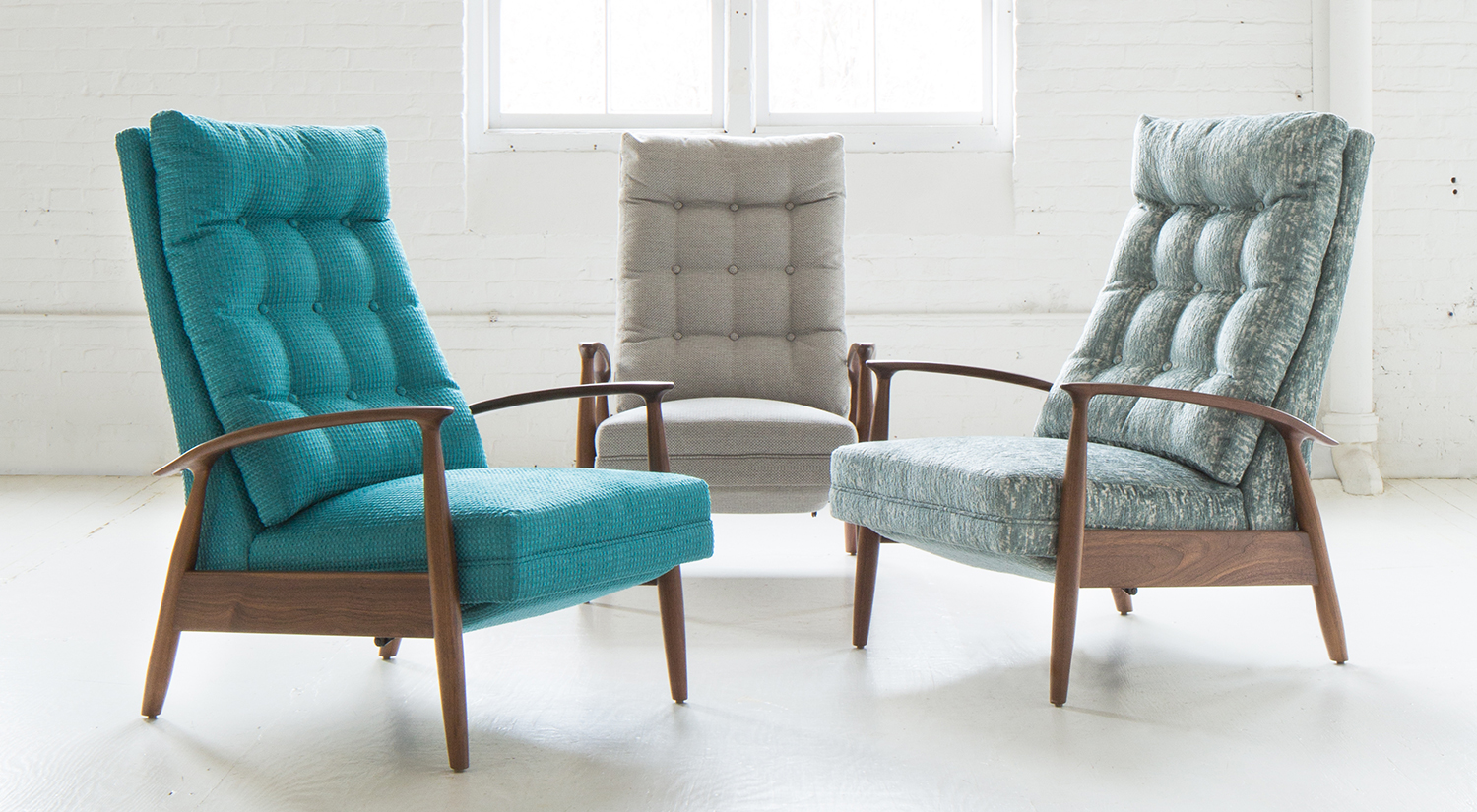
Let’s get down to basics. What is tufting?
According to Gary, “Tufting is the process of making depressions at regular intervals in a cushion by passing a thread through it. The technique was developed back when the functional purpose was to keep the stuffing inside from moving or shifting.”
“Nowadays, tufting is also used to add decorative flair to a piece. The three most commonly used tufting techniques - and the ones you’ll probably see when you’re shopping around for furniture - are diamond tufting, biscuit tufting, and channel tufting.”
Diamond Tufting
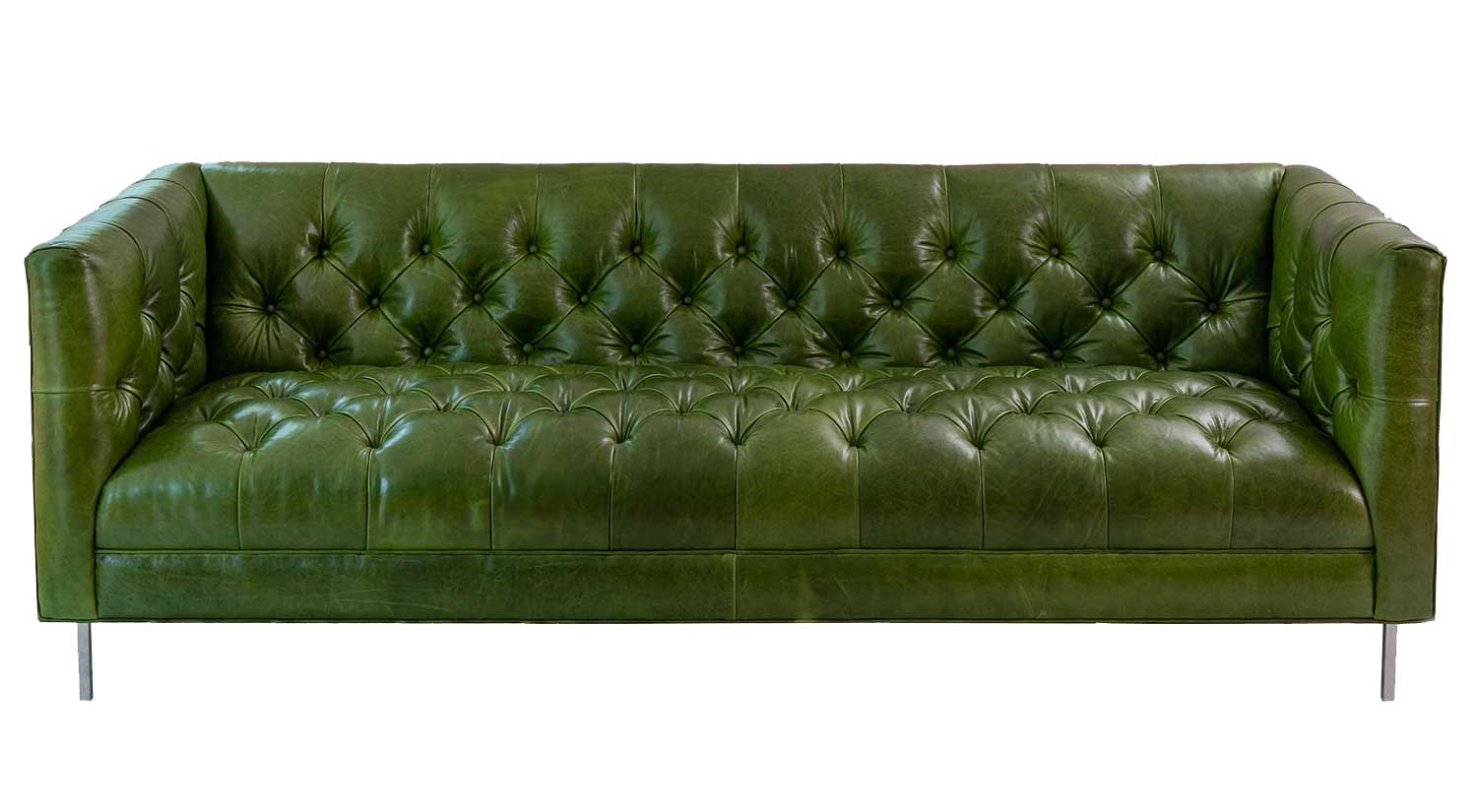
Diamond tufting is perhaps the most iconic and widely used of the techniques. Gary says of the style, “If you’ve ever seen a classic leather Chesterfield sofa or an antique Victorian chaise, you’ve seen diamond tufting.”
The signature button arrangement creates a diamond pattern as the fabric is depressed and pulled tightly to create folds. While diamond tufting generally creates a more traditional look, it can be used in modern applications as well.
Biscuit Tufting
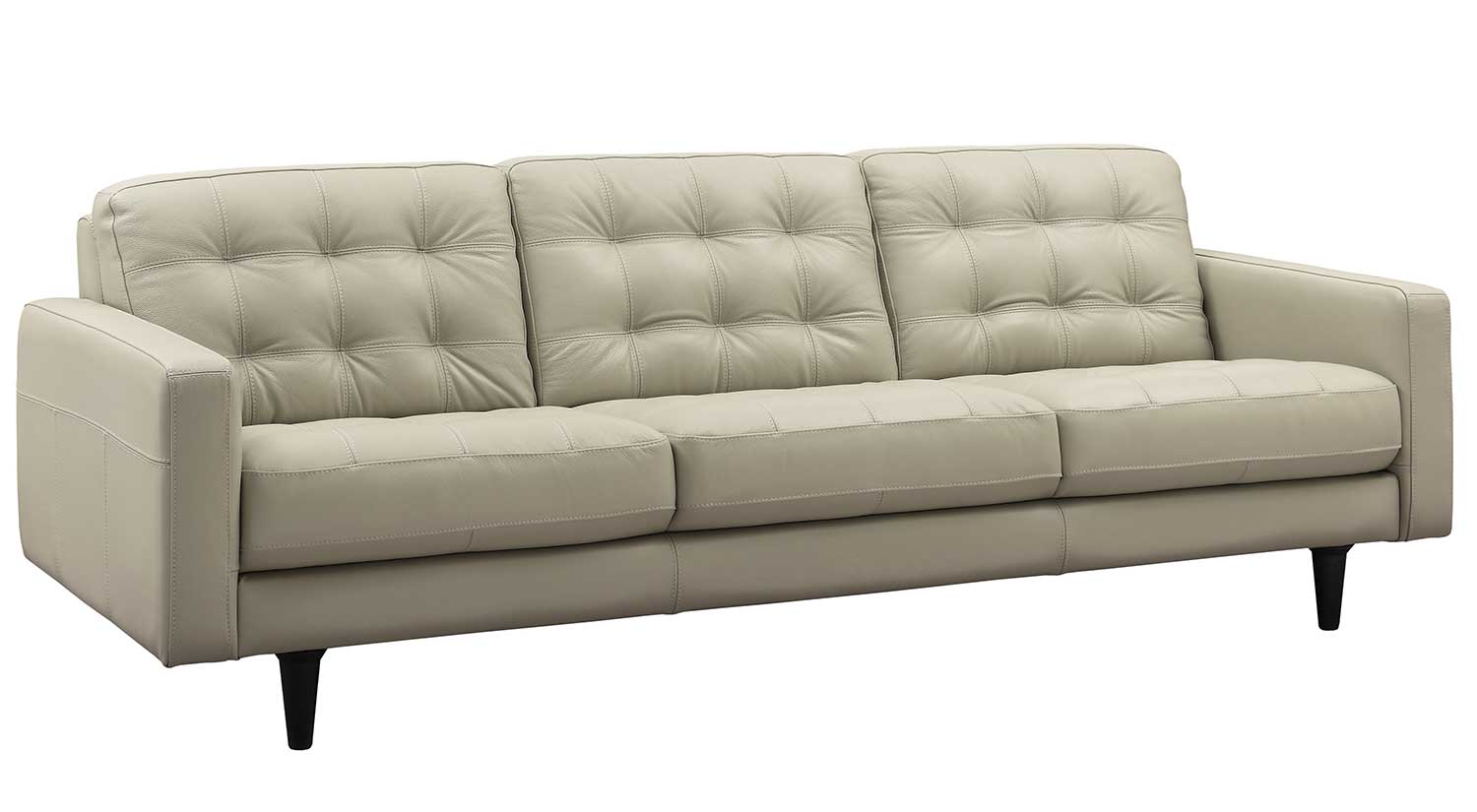
Biscuit tufting is accomplished with a similar technique but is characterized by its square pattern. Biscuit tufting creates a clean, crisp appearance and is often used in contemporary and modern designs.
Gary also notes that “when the biscuit pattern is more rectangular, you may sometimes hear it called a ‘Bun Tuft.’”
Channel Tufting
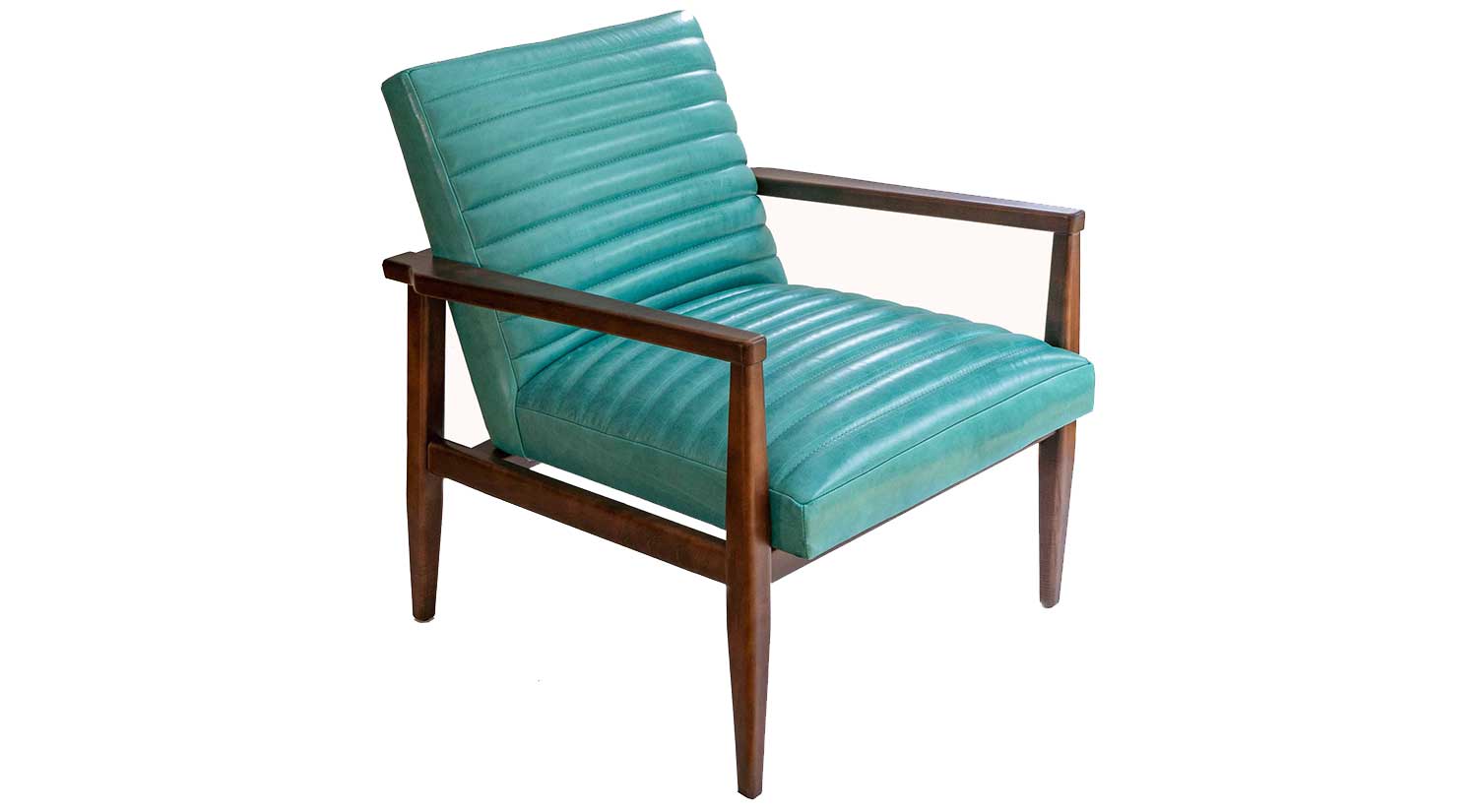
Channel tufting had a big moment in the 70s and 80s and appears to be making a comeback in contemporary living rooms worldwide. This technique uses stitching to secure the cushion in place by creating long tufted channels.
Channel tufting can be applied either horizontally or vertically on your piece and creates a trendy look for your space. Gary recommends using channel tufting to achieve a retro look, or an updated modern look if that’s what you’re after.
Button or Blind
When discussing your next upholstery project with your designer, you may hear the terms “button tuft” of “blind tuft.” This refers to the finishing process that the upholsterer uses.
In some cases, the fabric is depressed and stitched tightly and a button is added to hide the stitch, which is called a “button tuft.” In other cases, the button is omitted which allows the stitch to show. This is called a “blind tuft.”
When choosing a piece, you can generally decide between any of the tufting techniques and finishes. In the photos below, both pieces are biscuit tufted, but one is blind tufted and the other is button tufted.
To tuft or not to tuft
Tufting is an enhancement rather than a functional part of an upholstered piece of furniture, so the decision comes down to personal style.
However, if you’re interested in enhancing the look of your upholstered piece, tufting is a great place to start. Tufting detail adds a textured and more nuanced look that Gary says is “bound to earn you a few compliments.”
We’re here to help with any design questions you may have and invite you to explore our upholstery options, check out our Instagram page for design inspiration, and check out our new (free!) Virtual Design Consultations.
Author:
